BCCI, with its Middle East shareholders, was the first foreign bank to open in Sudan in 1976 after foreign banks were nationalised by the government in 1970. At one time, with its close historical and cultural ties and large fertile land, Sudan was the breadbasket for the Arab peoples.
Country information
Sudan, officially the Republic of the Sudan, a country in north-eastern Africa, is located at the crossroads of Sub-Saharan Africa and the Middle East and stretches across the Red Sea. Sudan shares borders with seven countries including Libya and Egypt to the North, Chad to the West, the Central African Republic to the South-West, South Sudan, Ethiopia to the South-East and Eritrea to the East.
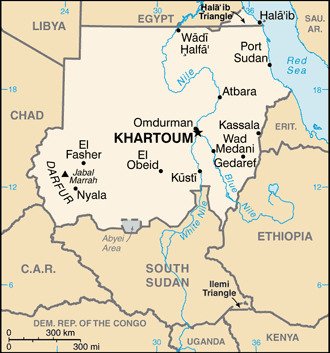
Contact between the coasts Sudan bordering the Red Sea with Saudi Arabia are said to go back to “the earliest dawn of history.” The distance between the Sudan’s and Arabia’s Red Sea coasts, primarily Saudi Arabia and Yemen, did not exceed 120 miles which were easily crossed by primitive boats.
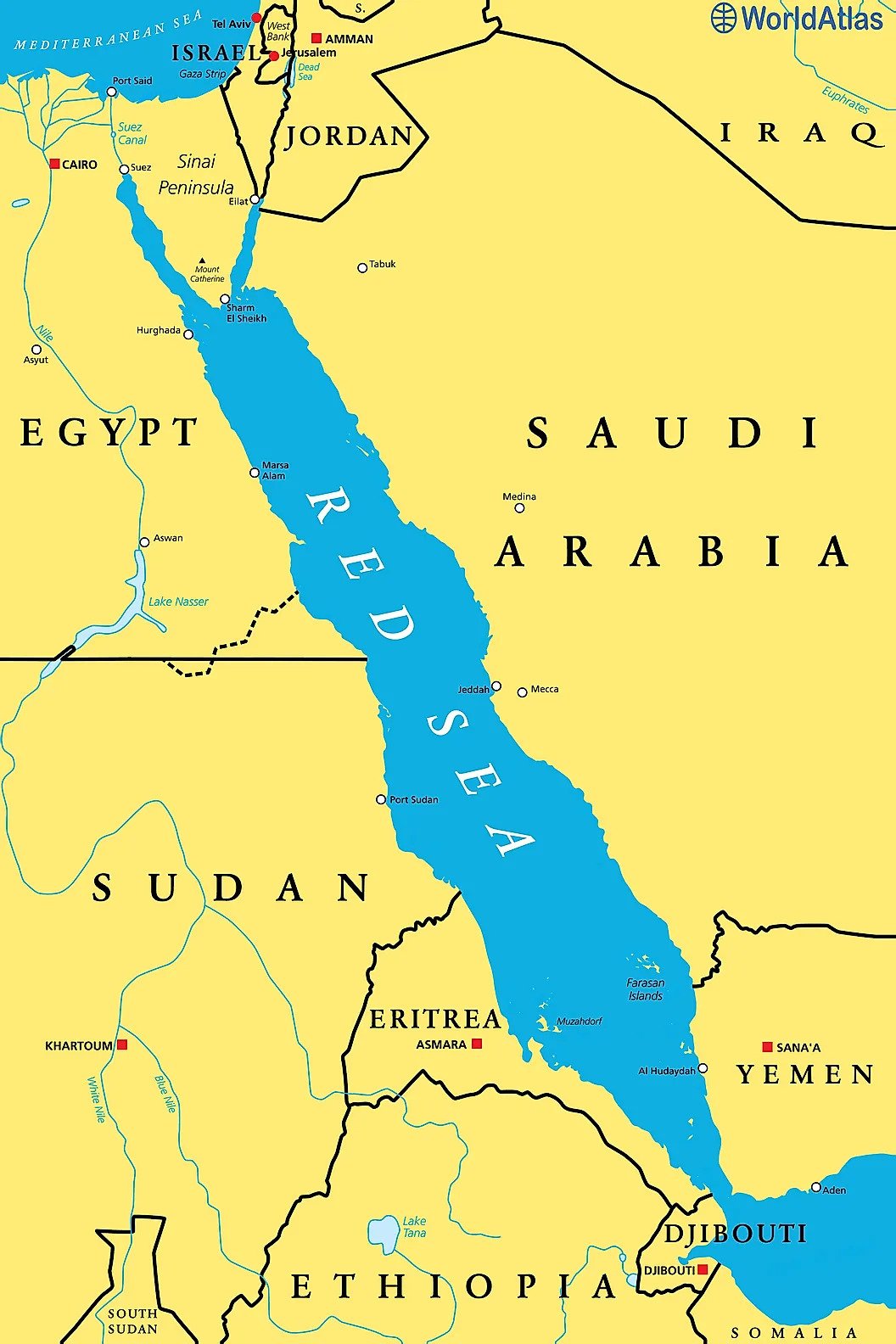
Sudan and Arabia also shared similar land features, distinguished by flat terrains, thus, making travel very easy for the people of both regions.
History
Arab tribes began to settle in Sudan from the 12th century. Failing to conquer the country, the Arabs influenced the African native societies primarily through intermarriage, increased migration, and the peaceful missionary efforts of the Sufi-Muslims at a much gradual pace.
Under the Anglo-Egyptian Condominium, the joint British and Egyptian government ruled the eastern Sudan from 1899 to 1955. It was established by the Anglo-Egyptian Condominium Agreements of 19 January and 10 July 1899.
From 1924 the British had a policy of running Sudan as two essentially separate territories; the north and south.
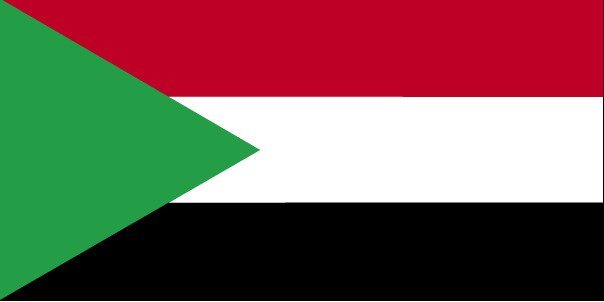 The Republic of Sudan formally attained its independence from the British and Egypt on January 1, 1956.
The Republic of Sudan formally attained its independence from the British and Egypt on January 1, 1956.
The capital of Sudan was Khartoum, and its most populated city was Omdurman (part of the metropolitan area of Khartoum).
Population and language
In 1976, the population of Sudan was in the region of 12.6 million.
Most Sudan’s people are characterised as Sudanese Arabs, often descending from intermarriage between Arab settlers and African tribes.
Arabic was the sole official language in Sudan until Arabic and English were recognised as official languages under the constitution adopted in 2005.
Economy
The Nile River created massive tracts of fertile and cultivable land in the northern area for agriculture and livestock, making the area one of the earliest large settlements, and the centre of human activities in the country.
Agriculture contributed 40% of Sudan’s gross domestic economy and employed over 80% of the economically active population. Sudan still had considerable scope for expansion in this sector. Many experts believed that millions of acres of uncultivated land had the potential to increase the production of crops and make Sudan once again the breadbasket of the Middle East and Africa.
Cotton, gum arabic, peanuts, and sesame were the main crops for export.
The industrial sector contributed around 10% to the gross domestic product and employed 2% of the working population. But the discovery, in 1979, of crude oil in commercial quantities offered the possibility that Sudan could become self-sufficient in oil in the future.
Sudan’s main imports were textiles, oil products, transport equipment, foodstuffs.
Remittances from Sudanese working in the Middle East were also an important source of foreign exchange earnings and resulted in a surplus on service and transfer payments.
BCCI in Sudan
BCCI was the first foreign bank in the country after the nationalisation of foreign banks in 1970.
According to Mr Ashraf Khan, the first Manager of BCCI country operations in Sudan, BCCI played a part in Sudan's economic growth.
This had not been an easy achievement. Since independence in 1956, Sudan's government, and hence its economy, had been hampered by low growth and low investment, which meant that there were insufficient funds to import essential agricultural machinery. Imports were subject to costly and outdated transport arrangements.
However, under President Nimeiry who served as the president of Sudan from 1969 to 1985, the government has invested more in economic development than ever before, earning considerable international support - particularly in the form of much-needed development assistance.
A two-tier exchange for the Sudanese pound was introduced, partly to combat the illegal dealings in foreign exchange, partly to reduce inflation, but more generally to improve the country's economic productivity.
It became possible for Sudanese citizens to open foreign currency bank accounts, and controls on the repatriation of foreign investments have been removed, thus attracting more capital from abroad.
Branches in Sudan
Khartoum
BCCI (Bank of Credit and Commerce International (Overseas) Ltd) opened its first branch in Khartoum in 1976, the capital and economic centre of Sudan. Khartoum was also one of largest cities in Africa, located immediately south of the junction of the Blue and White Nile rivers in central Sudan.
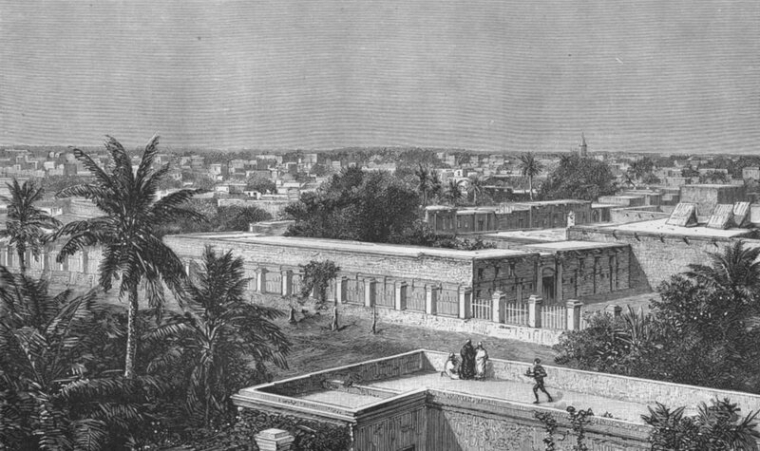
Originally, Khartoum served as an outpost for the Egyptian Army, but the settlement quickly grew into a regional centre of trade and became the administrative centre of Sudan and the country’s official capital after independence.

Khartoum branch, also the main branch in Sudan, was located at:
Ahmed & Abdullah Awad El Saeed Building
Babiker Badri Street
PO Box: 5
Khartoum
Tel: (24911) 73970, 73936/8, 70880
Fax: (249) 73970
Telex: 22662 BCCI SD
BCCI Khartoum along with other branches in Sudan conducted retail, commercial banking operations both domestic and international in Sudan, including short-term trade financing and foreign exchange dealings for customers and the Central Bank of Sudan.
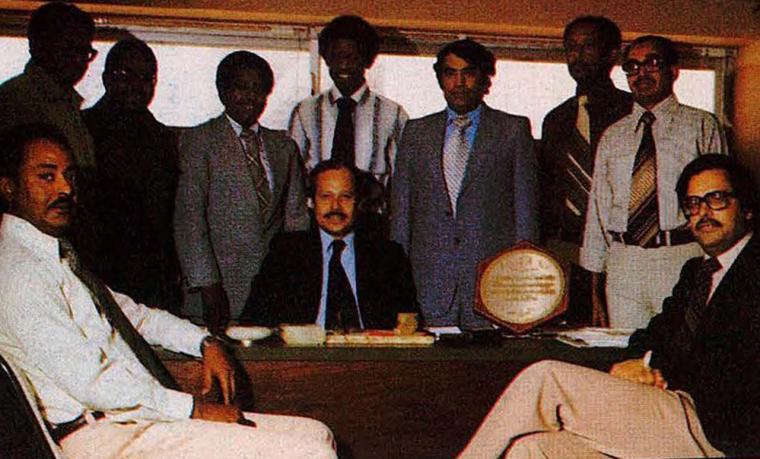

Omdurman
Omdurman, with Khartoum and North Khartoum, was one of the three towns in a triangle intersected by the White Nile, the Blue Nile and the River Nile.
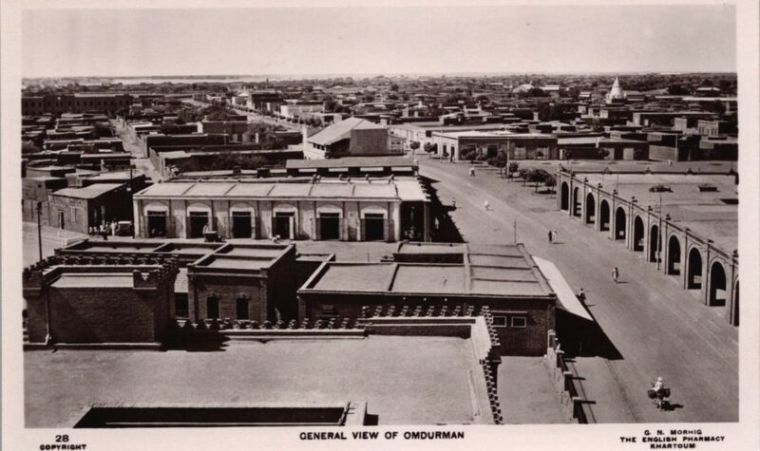
Omdurman was an insignificant riverine village until the victory of Muḥammad Aḥmad, known as al-Mahdi, over the British in 1885 and had developed into a large city and also acted as the cultural, religious, and commercial centre of Sudan.
Omdurman branch was located at:
PO Box: 1385
Omdurman
Tel: (24911) 56111, 56846, 56958
Fax: (249111) 73970
Telex: 28034 BCOM SD
There was a large busy market (souk) in Omdurman, seven miles from Khartoum city, trading also in hides, gum arabic, textiles, agricultural products, livestock, and handicrafts (in metal, wood, leather, and ivory).

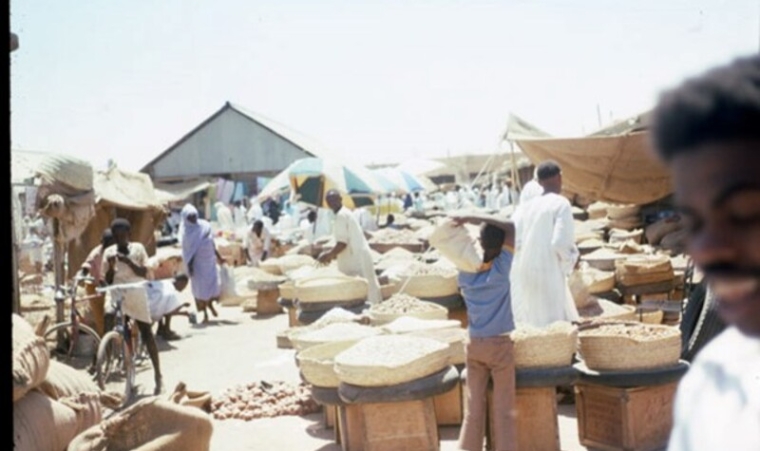
Port Sudan
In April 1979, BCCI opened a branch in Port Sudan, Sudan’s main seaport located on the Red Sea coast.
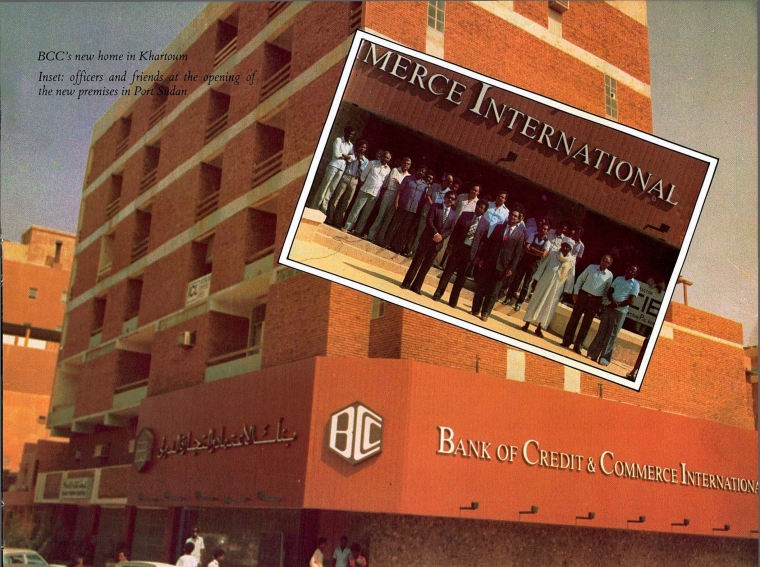
Port Sudan branch was located at:
Sharifa Mariam Road
PO Box: 729
Port Sudan
Tel: (24911) 5941, 5942, 4066
Fax: (249) 73970
Telex: 70015 BCC PS SD
Port Sudan handled the bulk of Sudan’s external trade. The port city was just over 400 miles distance from the capital, Khartoum.
Port Sudan had a petroleum refinery. In 1977, the first oil pipeline between Khartoum and the Port of Sudan was completed.
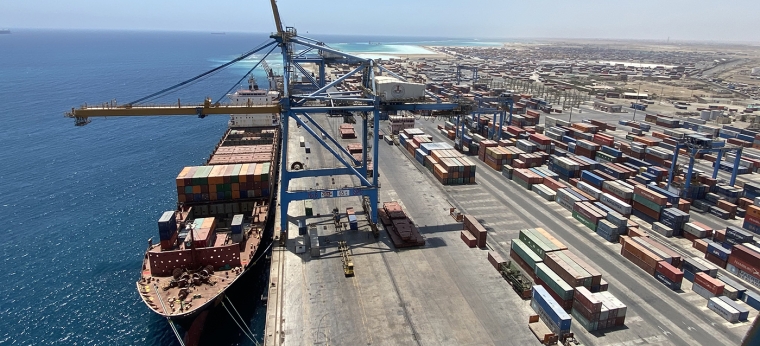
Training in Sudan
Training in banking for officers of BCC worldwide was a regular activity of BCCI Regional Training Centres. Training was on occasions arranged locally.
The first seminar on credit analysis techniques was held in Sudan in 1984. The seminar was part of a drive to ensure continuing professional excellence in all aspects of the bank's activities. The concluding session was attended by senior executives of the Central Bank of Sudan.
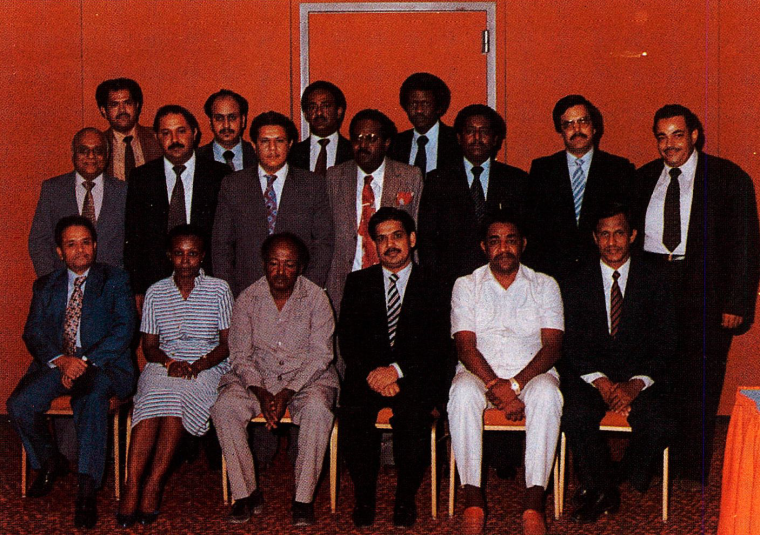
BCCI closure
On 5 July 1991 the Bank of England and other regulators in the west decided to freeze BCCI Group's assets and abruptly shut down BCCI's operations worldwide.
The priority of the governments and central banks in some countries was to protect their people and the local operations of BCCI continued in a different name after the assets and liabilities were acquired by private investors or another bank.
BCCI operations in Sudan ceased from 7 July 1991. However, the Central Bank of Sudan was considering re-opening the branches for payment of local currency deposits. No further information is available.
The BCCI Group majority shareholders considered the abrupt action by western central banks to shut down BCCI in 1991 was unjustified when they already had detailed discussions with the Bank of England and other regulators on a restructuring plan and would have injected further capital, if required.
In a 24-page report not made public but sent to some 60 central bankers worldwide, the United Nations Center on Transnational Corporations said that by simply shutting down the 70-nation banking network that financed international trade of $18 billion a year, the economic damage fell hardest on countries like Nigeria, Bangladesh and Zambia, where B.C.C.I. was an important institution. (New York Times, Feb 5, 1992)
